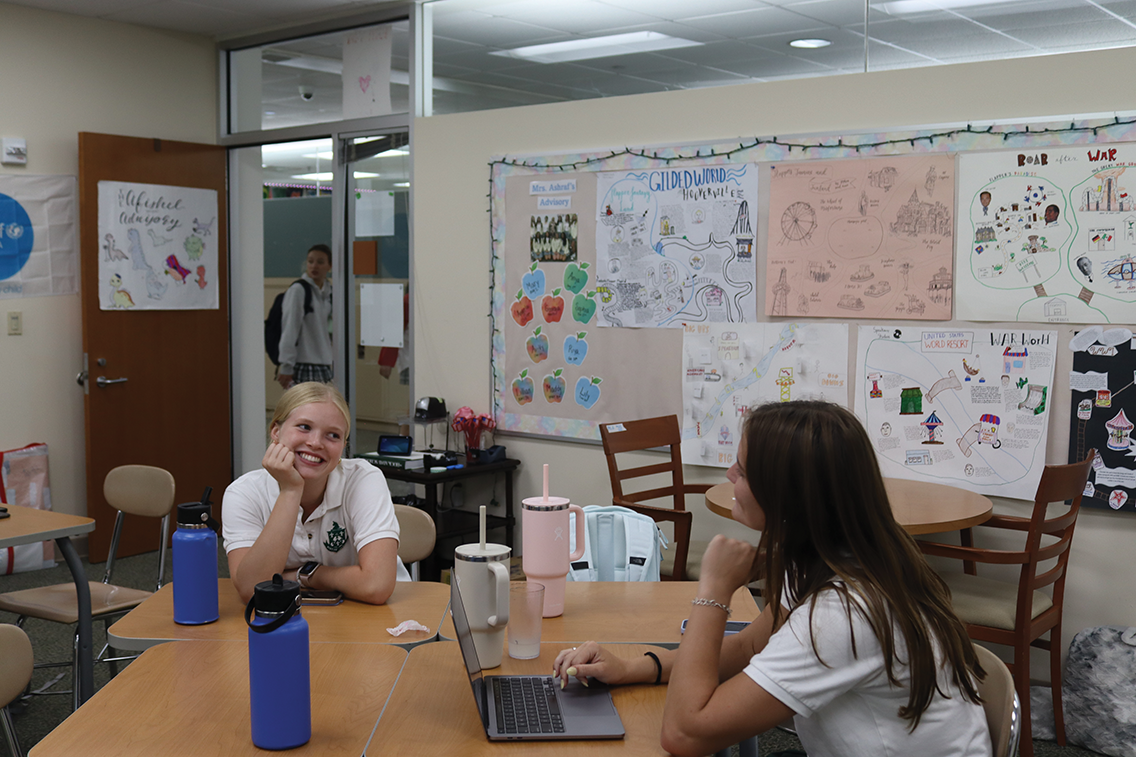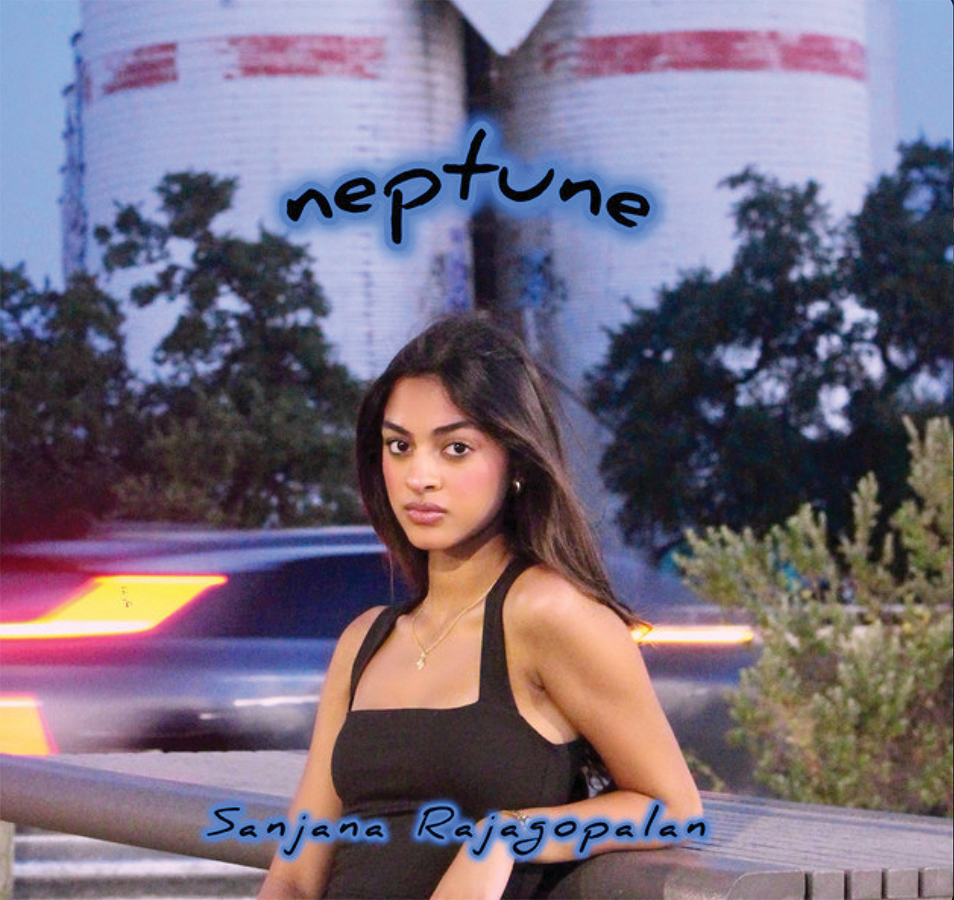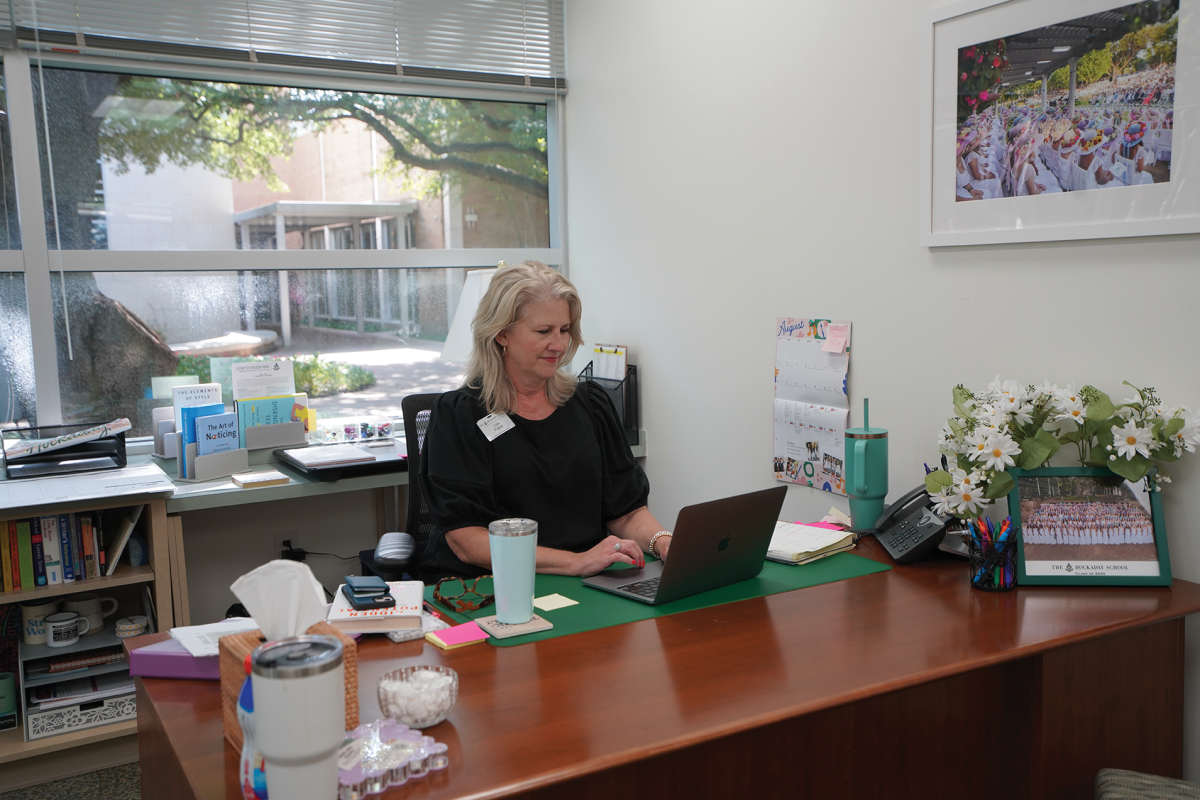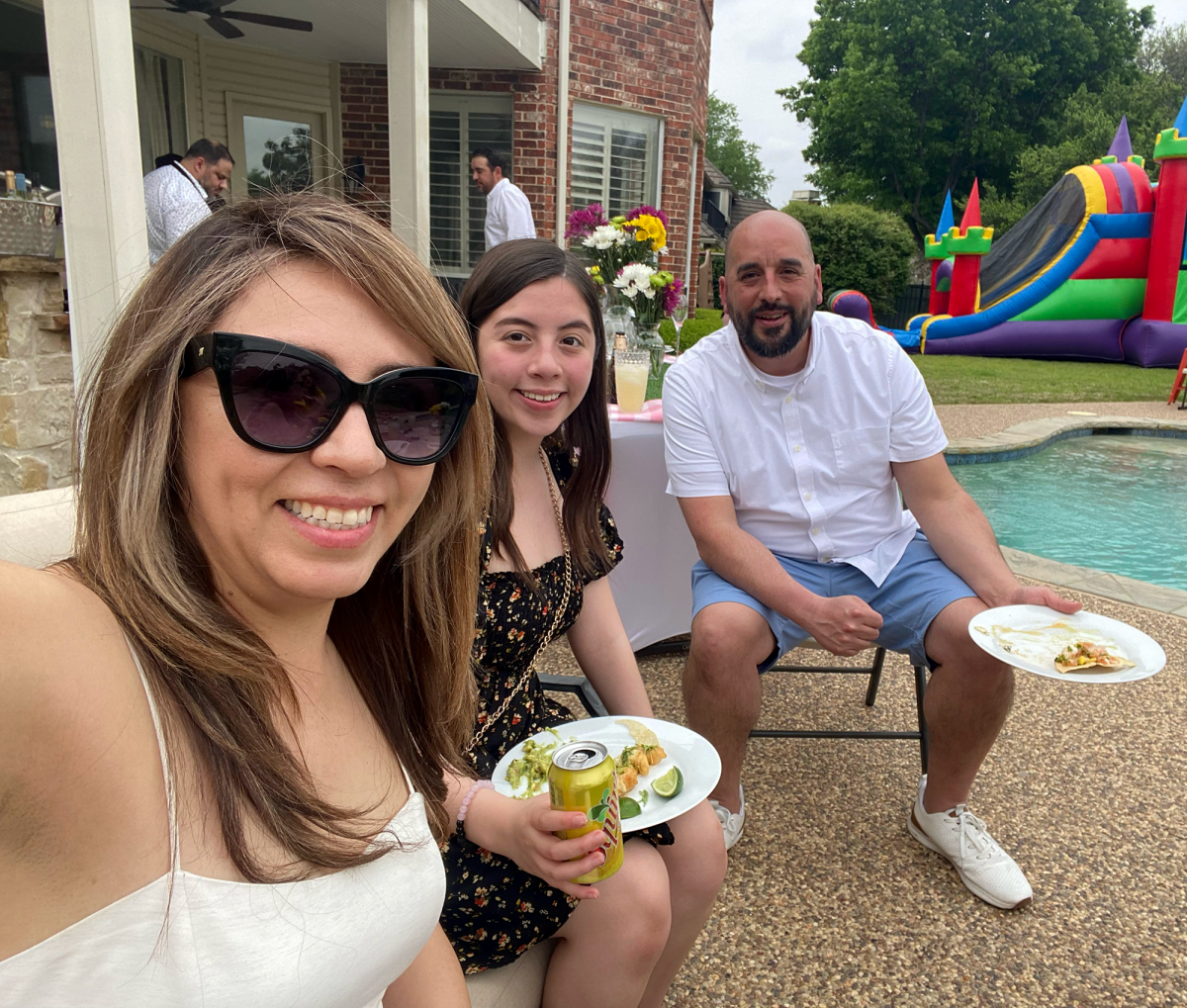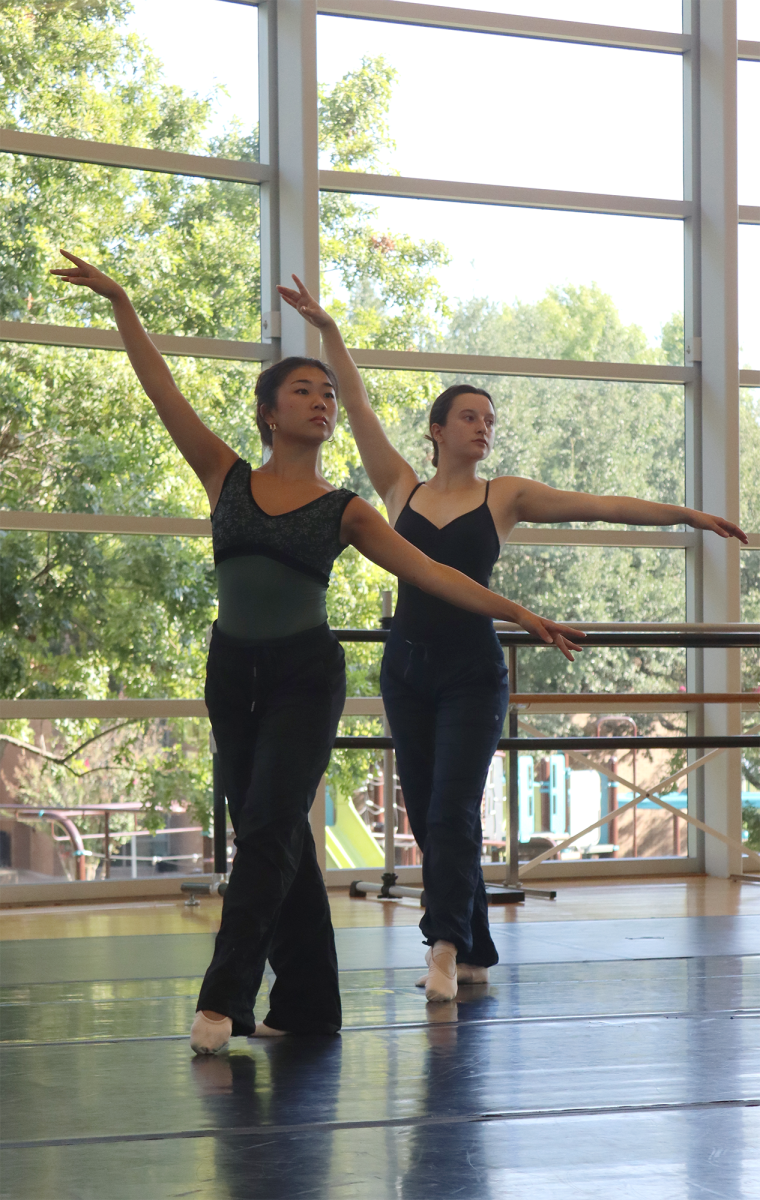Colorblind students discuss their adjustments to their condition
A member of the varsity volleyball team, junior Shelby had just arrived at The Oakridge School for a match during her sophomore year in high school. Surveying the gym, Shelby made a comment about how confusing it must be when Oakridge plays ESD because “their colors are the same.” A teammate quickly pointed out that Oakridge’s school colors were green and blue, while ESD’s school colors were red and blue. Clearly not the same colors. At least to to most of us.
Not until she began learning about color blindness during a freshman physics class did Shelby realize why she often confuses reds and greens and “some colors turn to gray.”
“We were studying light and ‘cones’ [in the eyes] and [Mr. Taylor] was showing us an example of what color blind people would see,” she said.
The diagram used as an example of visible light included different symbols in different colors. Shelby could not see certain symbols, which meant she could not see certain colors.
Physics teacher Richard Taylor elaborated on Shelby’s diagnosis.
“People who cannot tell the difference between red and green have weak red ‘cones’, [or nerve cells], in their eyes,” he said. These cones usually help distinguish colors from one another.
“It’s not very common in girls.” Taylor said.
According to the National Center for Biotechnology Information, about 0.5 percent of females have red-green color blindness.
Sophie, a junior with purple-blue color deficiency, explained a common misconception among color blindness:
“A lot of people think that if you’re color blind, you can’t see colors at all.” Sophie said that most color blind people can see colors, but “it’s hard to distinguish between them sometimes.”
Once Shelby realized that she could not see one of the symbols, she “advanced to more tests to see what [she] could see.”
Shelby said that being color blind affects her primarily in photography class, the fine art she has taken since freshman year.
“We were doing a critique [in class] where half of someone’s project was in black and white, and the other half was in color, but I thought the whole thing was in color. Red and green are such important colors in the spectrum, so it’s kind of hard to tell [while editing] if they are in my black and white photos.”
Hockaday photography teacher Janet Yoshii-Buenger said that she has not seen any problems in Shelby’s work regarding colors. Shelby has gotten her color management somewhat under control, resulting in fewer problems.
But being color blind not only affects Shelby’s photography career.
“It definitely explains a lot of clothing issues,” Shelby said with a laugh. “When I was little though, things that I would draw were in pretty different colors than everyone else.”
Shelby also admitted to frequently having to ask people if certain colors are correct.
The only time she recalled color blindness affecting her was on the Fourth of July.
“I wore a purple shirt, red shorts and white accessories. I thought I was being patriotic,” she smirked. “I guess I wasn’t.”
Reflecting on how recently she discovered her color deficiency, Shelby said, “It’s weird to think about what I missed because I only found out freshman year.”
-Sydney


